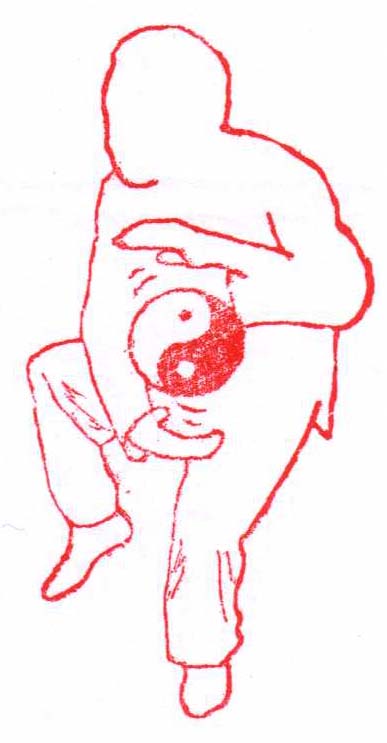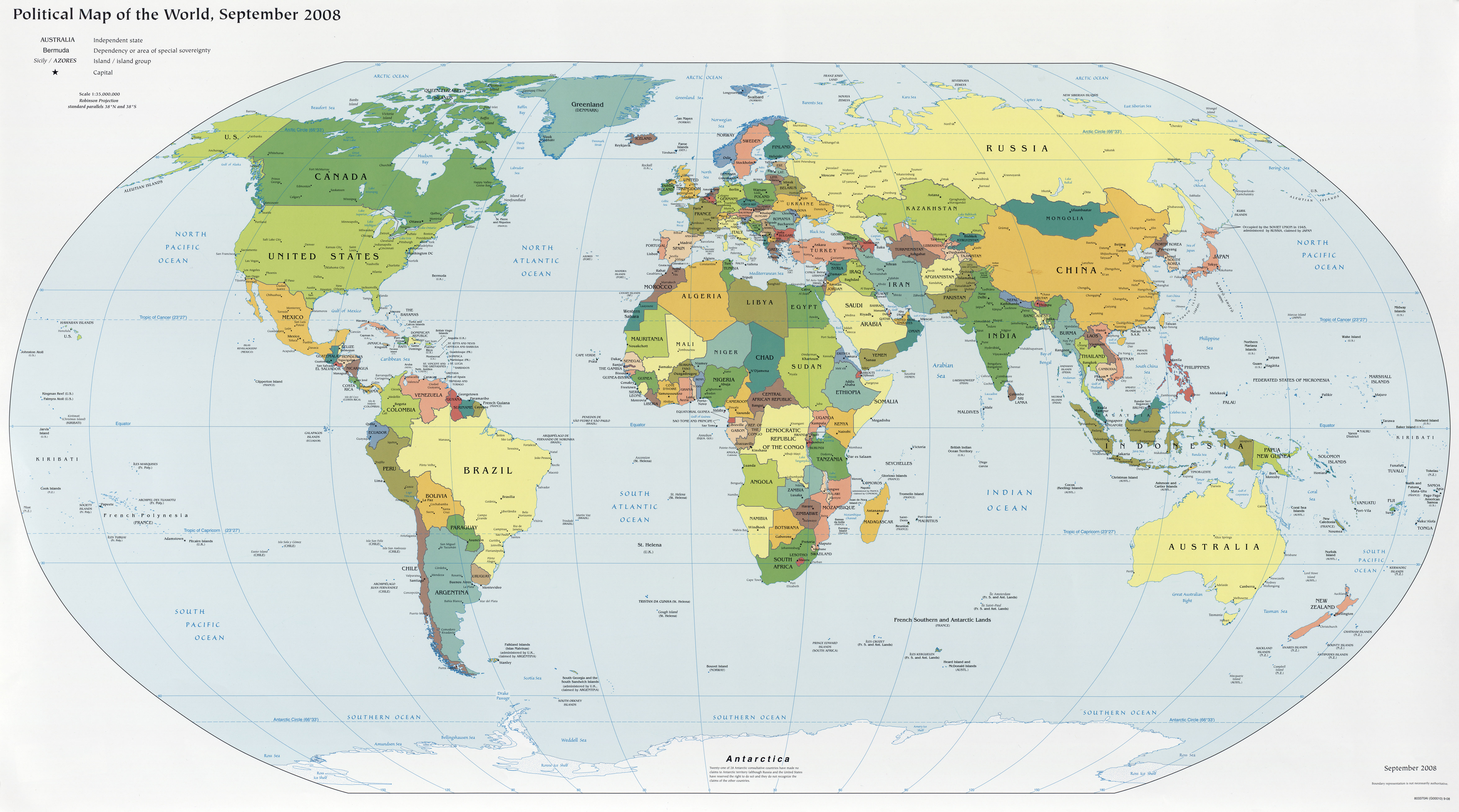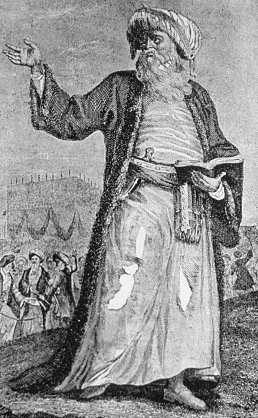It should be duly noted that religions tend to follow a template. This fact, essential to understanding the religions of the world, was the topic of our second class. Paramount to the apprehension of this core lesson was the writing of Eliade's
The Sacred and the Profane. Several features that are included in mainstream religions were described in the above mentioned work, and are listed below as well:
the Sacred - that which is transcendent, beyond the mortal plane (gods, God, Nirvana, deities)
hierophany - the occasion in which the sacred breaks into the human experience (revelation)
homo religiosus - lower beings prepared to appreciate such a breakthrough (humans)
numinous - the experience between homo religiosus and the sacred
cosmogony - the study of the universe's origin
axis mundi - place in which the Sacred's presence can be sensed (church, Mecca)
theophany - the Sacred appearing before homo religiosus (various Old Testament passages)
Along with the above terminology, the fact that humans are exclusive in this mortal realm to sense and experience an intertwining with the sacred must be stressed. A real-life scenario of this statement is the birth of a child. Any other organism would feel the simple maternal and paternal instincts for such an occasion. It is with human individuals, however, that the sheer complexity and culmination of a myriad of workings on such a high magnitude are realized. To a human parent, an infant is not just the result of reproduction and the continuation of the species. Rather, it becomes a beautiful thing to be cherished, loved, and protected. Indeed, this principle can be applied to religion with ease with this statement from the catechism "The desire for God is written on the human heart."
A video example is the introduction to the
Lion King. While it plainly states one of nature's obvious features (life and death, again and again), its message and beauty can only truly be appreciated by a sentient individual.

Only something a human could truly behold.
The presence of the Sacred is felt at the Mecca, an axis mundi.
Vocab Words are:
Epic - A narrative, story that details the pursuits of a traditional, likable hero. Epics usually involve great travels and feats performed. Works such as the Old Testament feature many epics.
Myth - A superstitious story involving the supernatural and paranormal. Obviously, such works are classified as fiction. Myths usually represent the worldview and beliefs of a people.
Profane - The non-religious. That which is in the ordinary plane where mortals reside. Outside of the sphere of religion.
Rite of pasage - A ceremonial act(s) that is done to signal the transitioning of different phases of life. It is common for various cultures to put their young through rites of passage when entering into adulthood. Christian rites of passage include baptism, first communion, and confirmation.
Ritual - A prescribed religious ceremony. Religions in general tend to host a myriad of rituals. Religious rituals are done periodically and ceremonially with various purposes.
Sacred - That which is holy, and, sacred. This can be in a host of forms such as a deity, object, or some destination. The sacred is set apart from all other things and is worshiped.
Scriptures - Holy, sacred writings. Examples include the Dead Sea Scrolls and the Bible. Scriptures can be found in nearly all religions and typically include a guideline or central message.
Secular - That which is separate from the spiritual and religious. Secularism is the ideal of dealing with everyday, worldly matters without the interference of religion. Where a church is definitely religious, a government is secular (or at least, should be).

































 Only something a human could truly behold.
Only something a human could truly behold.

